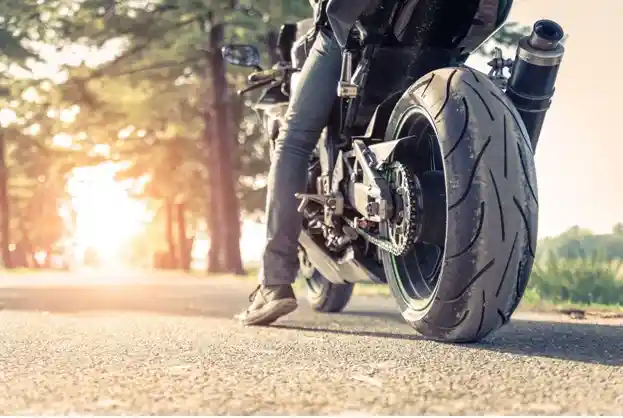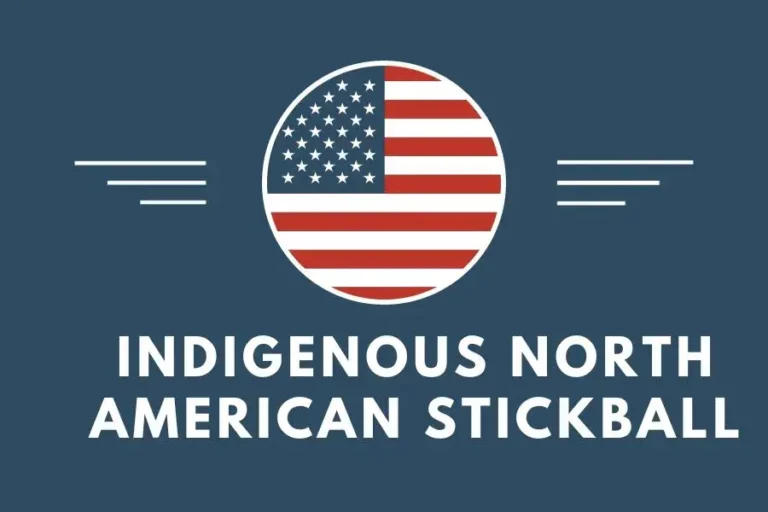Breaking Down the Most Dangerous Injuries From Motorcycle Accidents

Motorcycle accidents are often viewed with a wince. They can lead to some of the most harrowing injuries imaginable. Riding on two wheels brings a sense of freedom and excitement. It’s important to remember that it also comes with increased risks.
Let’s dive into common injuries from motorcycle accidents, and how they happen. We’ll also cover precautions and support options are available for riders.
If you’re passionate about motorcycles or focus on road safety, keep reading. You’ll discover a crucial aspect of motorcycle culture and strategies for managing risks.
Common Types of Severe Injuries
Motorcycle accidents can cause a diverse range of injuries. It ranges from minor bruises and scratches to severe damage or disabilities. Some of the most common types of severe injuries include:
Head Trauma
Head injuries in motorcycle accidents are among the most severe and can have long-lasting or permanent impacts. Traumatic Brain Injuries usually happen when a motorcyclist’s head hits the ground, another vehicle, or something else. Even when wearing a helmet, the forces involved in high-speed crashes can result in TBI.
The single most effective prevention for TBIs in a motorcycle accident is wearing a full-face helmet. This gear reduces the risk of head injury and fatality. For better safety, motorcyclists must learn how to pick the right helmet. They should also grasp the significance of its proper fit and upkeep.
Spinal Cord Damage
Injuries to the spinal cord can lead to partial or complete paralysis and can be devastating for the affected rider’s quality of life. Spinal cord injuries generally occur when the rider gets thrown off the motorcycle or when the bike lands on the rider’s back.
Protecting the spine is paramount. Using back protectors as part of riding gear can disperse the impact of a fall around the entire body. It also reduces the likelihood of spinal damage even in the absence of visible injury.
Internal Injuries
The blunt force trauma experienced in a motorcycle accident can lead to injuries to the abdomen, chest, and pelvis. It can also result in organ damage or internal bleeding. The severity often depends on the nature of the collision and the speed at which it occurs.
Even though some accidents are unavoidable, wearing the right motorcycle gear can make injuries less severe. Being extra careful and following traffic rules can help avoid crashes.
Limb Fractures
Motorcyclists can suffer limb injuries. It can include broken bones or amputations when their arms or legs are trapped between the bike and another vehicle. It can also occur when they strike an immovable object or are directly hit.
It’s smart to wear protective gear and strong, safe shoes. It helps protect your skin and help support your ankles and feet. Also, be honest about how skilled and experienced you are as a rider. Stay away from trying things that are too advanced for you.
Road Rash and Severe Skin Injuries
Road rash is when you get bad scrapes on your skin from an accident, like falling off a motorcycle. It hurts a lot because it can scrape off many layers of skin. Road rash can lead to infections, scarring, and, in some cases, permanent disfigurement.
To protect yourself from road rash and serious skin injuries, always pay attention to the road and the traffic around you. If you happen to have an accident, wearing leather or reinforced denim can help protect your skin from scrapes. It can even make the injuries less severe.
Prevention and Safety Measures
It’s impossible to prevent all motorcycle accidents. Following safety measures and investing in the right gear can reduce the likelihood of severe injury and fatalities. Here are some tips for staying safe on the road:
Importance of Helmets and Protective Gear
Proper headgear is a non-negotiable item for safe motorcycle riding. Helmets should be DOT-approved and should cover the entire face to offer protection against debris and reduce the impact in the event of a crash.
Defensive Driving Techniques
Motorcyclists should always use defensive driving. They should expect possible hazards and maintain a safe distance from other vehicles. Techniques such as keeping the headlight on during the day can increase visibility and reduce the chances of unseen collisions.
Regular Maintenance Checks for Motorcycles
A well-maintained motorcycle is a safer motorcycle. Routine checks on tires, brakes, and mechanical and electrical conditions can prevent accidents caused by equipment failure.
Training and Skill Development
Enrolling in a motorcycle safety course can improve knowledge of safe riding practices and emergency maneuvering. Continual training and skill development help riders react to unforeseen circumstances, increasing their safety.
Emergency Response Procedures
In the unfortunate event of a motorcycle accident, every rider should be familiar with the following emergency response procedures:
Seek Medical Attention
Even if injuries may seem minor at first, it’s crucial to seek medical attention after an accident. Some injuries may not be immediately clear and could worsen without proper treatment.
Gather Information
If possible, gather information from witnesses and take photos of the accident scene. This information can be useful when dealing with insurance companies and in legal proceedings.
Contact Emergency Services
If injuries are severe or there is significant property damage, call emergency services immediately. It’s also essential to report the accident to local law enforcement for an official record.
Inform Loved Ones
Letting family and friends know about the accident can help them support you during recovery. It’s also crucial to inform them of any emergency contacts or medical information they may need.
Seek Legal Advice
Accident victims may be entitled to compensation for their injuries and damages. Motorcyclists have the option to enlist the expertise of attorneys, such as those at Kantor Gullo Law Firm, who focus on motorcycle accident litigation to safeguard their rights and secure fair compensation.
Navigating the Road to Recovery From Injuries From Motorcycle Accidents
Motorcycling is not just a mode of transportation; it is a passion and lifestyle for many. Understanding the injuries from motorcycle accidents and actively working to prevent and manage those risks is critical for the safety and sustainability of this beloved activity.
Riders should always remember that they are one of the most vulnerable entities on the road. By staying informed on the risks, diligently employing safety measures, and recognizing the need for ongoing support and awareness, motorcycling can continue to offer its unique joys without the shadow of avoidable accidents.





